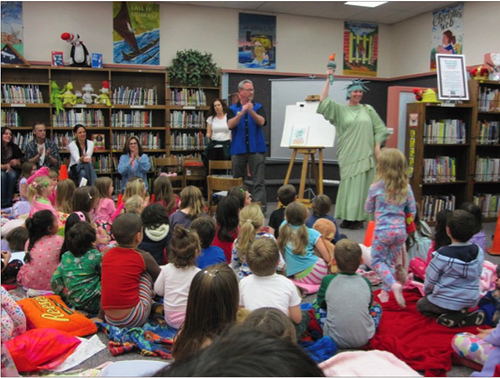Sam Chaltain: Q & A on School, Community and Choice
Sam Chaltain is an educator and author who has been writing about challenges and changes in our schools for the past decade. He has released a new book, Our School; Searching for Community in an Era of Choice. I asked Sam to help us understand what the book is all about.
1. What was your goal with this book?
As any educator knows, most conversations about school reform occur at 30,000 feet, and without a clear sense of what teaching and learning actually looks and feels like on the ground. So my goal with Our School was to put a human face on school reform in general -- and school choice in particular -- by spending a year on two D.C. campuses: a first-year charter school, and a 90-year-old neighborhood school. I wanted readers to experience what it's like to work in the exciting, chaotic start-up culture of a brand-new school, and see what happens in a district school when high-stakes testing starts to ramp up. But mostly I wanted to tell a deeply personal story about teachers, students, and our ongoing efforts to craft more equitable communities in order to clarify the state of public schooling as it is -- and begin hinting at what it ought to be.
2. We are now using test scores to determine the quality of teachers and schools. What do you think we should be using instead?
I think the National Board for Professional Teaching Standards has a great recipe for determining teacher quality -- one that, coincidentally, is co-constructed by teachers, for teachers. Every profession worth its salt has agreed-upon standards of professional conduct and expertise. Why should teaching be different?
Another great model is the use of peer-assisted review, or PAR, programs, like the one they're now doing in Montgomery County, Maryland (and where, not by coincidence, they also actively measure

